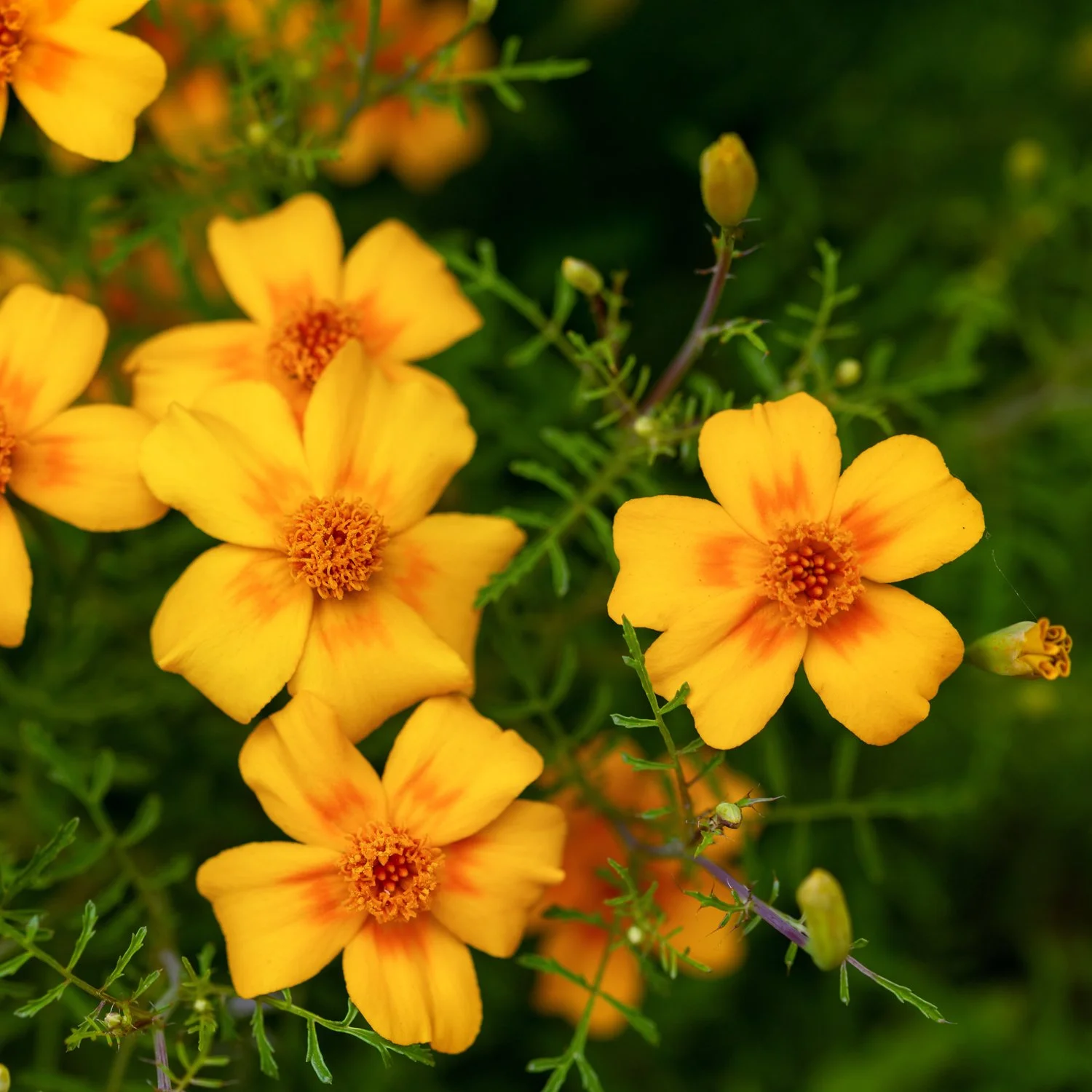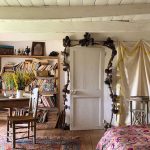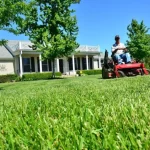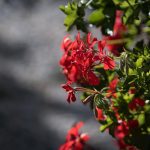Waylands wildflower reserve: a concise orientation before we get practical.
Waylands wildflower reserve: Quick notes
There are many reasons to visit South Africa, but for anyone whose heart beats faster for flowers, there is this hint: Take a deep breath, exhale slowly, and book a trip any time from August through September, when the summer-dry expanses of the West Coast region and its hinterland erupt in spring’s wildflowers after soaking winter rains.
Because of the staggering diversity of floral displays spread across the country’s Western and Northern Cape provinces, the choices of destinations can be overwhelming. The tiny town of Darling in the Western Cape, just an hour’s drive north of Cape Town, is at once accessible, hospitable, and bursting with a variety botanical hotspots. Waylands Wildflower Reserve is just one of them.
Above: Wild arum lilies—Zantedeschia aethiopica— at Waylands Wildflower Reserve, near Darling.
Waylands Wildflower Reserve, about three miles southeast of Darling, is one of several local reserves open to visitors during peak wildflower season. Last September I visited with my evolutionary-biologist friend, Jacqueline Bishop, who loves flowers as much as I do, but who knows more about them as well as the creatures with which they co-exist. (It’s like walking with Google, except more fun.) Our destination that day was the town itself, and the Darling Wildflower Show, held annually over the third weekend of September. But at Waylands we became side-tracked, in the best possible way.
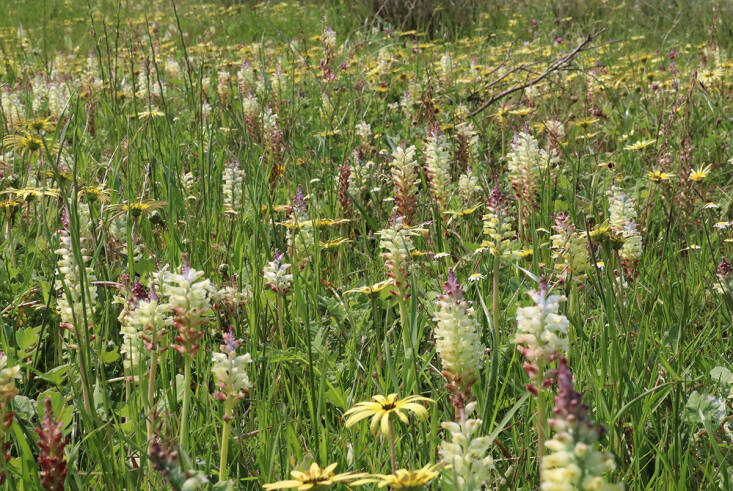 Above: A flock of Lachenalias.
Above: A flock of Lachenalias.  Above: Heliophila africana tilting on slender stems.
Above: Heliophila africana tilting on slender stems. 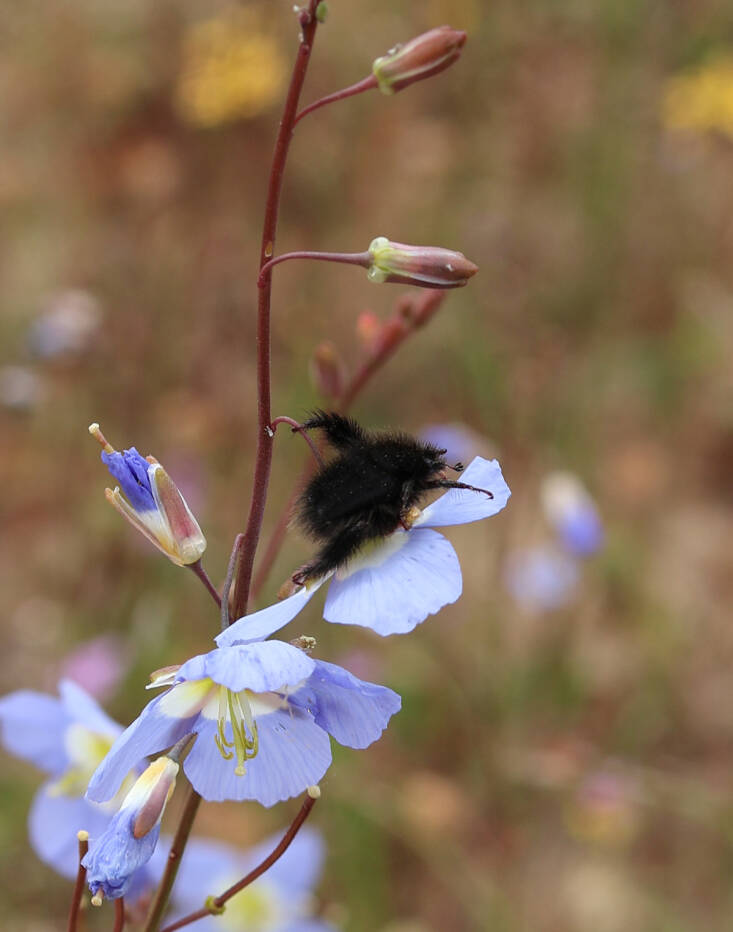 Above: Shaggy monkey beetles are important pollinators of spring’s ephemeral wildflowers.
Above: Shaggy monkey beetles are important pollinators of spring’s ephemeral wildflowers. 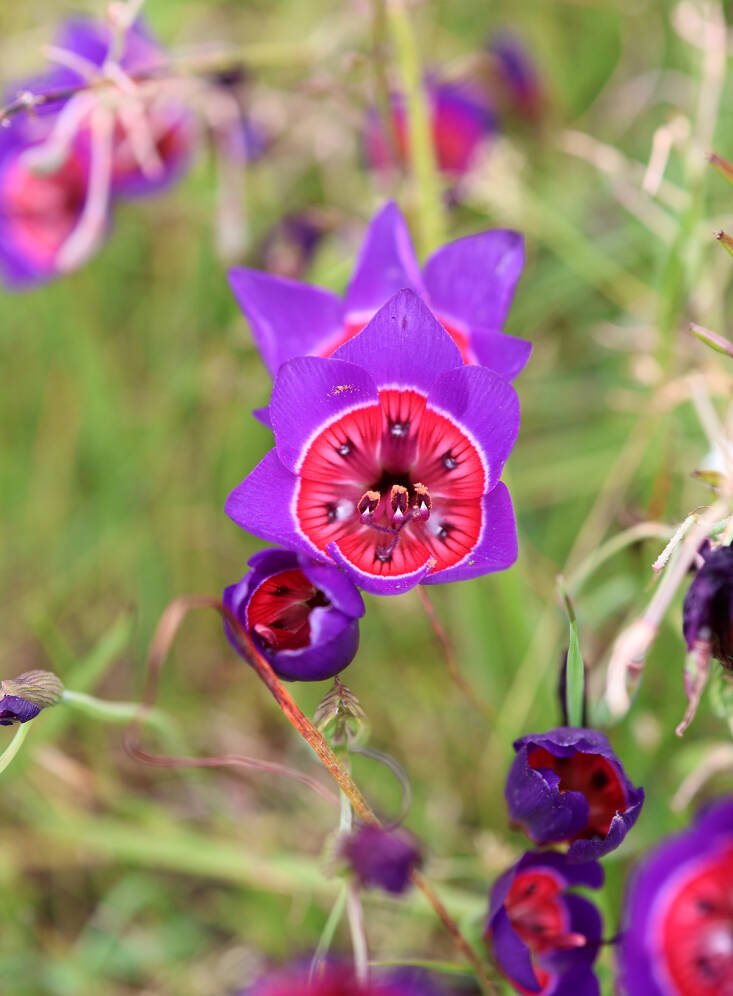 Above: Geissorhiza radians.
Above: Geissorhiza radians.
Created in 1922 by Frederick Duckitt, Waylands is one of the oldest wildflower reserves in South Africa. This pocket of critically endangered Renosterveld remains on land farmed by the Duckitt family since 1865. (Closer to town vast greenhouses accommodate their orchid business, which exports exotic orchids to Europe and the East Coast of the US. It is open to the public during this weekend, and we were sustained there by some very good pancakes, filled with cinnamon and sugar and served with lemon.)
 Above: Common butterfly lily—Wachendorfia paniculata—thrives after fire.
Above: Common butterfly lily—Wachendorfia paniculata—thrives after fire.
Over 300 species of wildflowers have been recorded at Waylands, whose farming methods help conserve one of the most threatened habitats in the Cape Floristic Region (which is smallest of the world’s six plant kingdoms, but the mightiest in terms of diversity). Grassfed cattle and sheep are allowed to graze here after the flowers have set seed, from November—early summer—to the end of April before the wet, Mediterranean winter sets in. This ancient seasonal grazing strategy, predating colonial history, allows these hoofed animals to actively spread seed, and to turn bulbs. And every four to seven years, intentional fires are set in autumn, ahead of rain, to help regenerate plants that thrive after fire.



